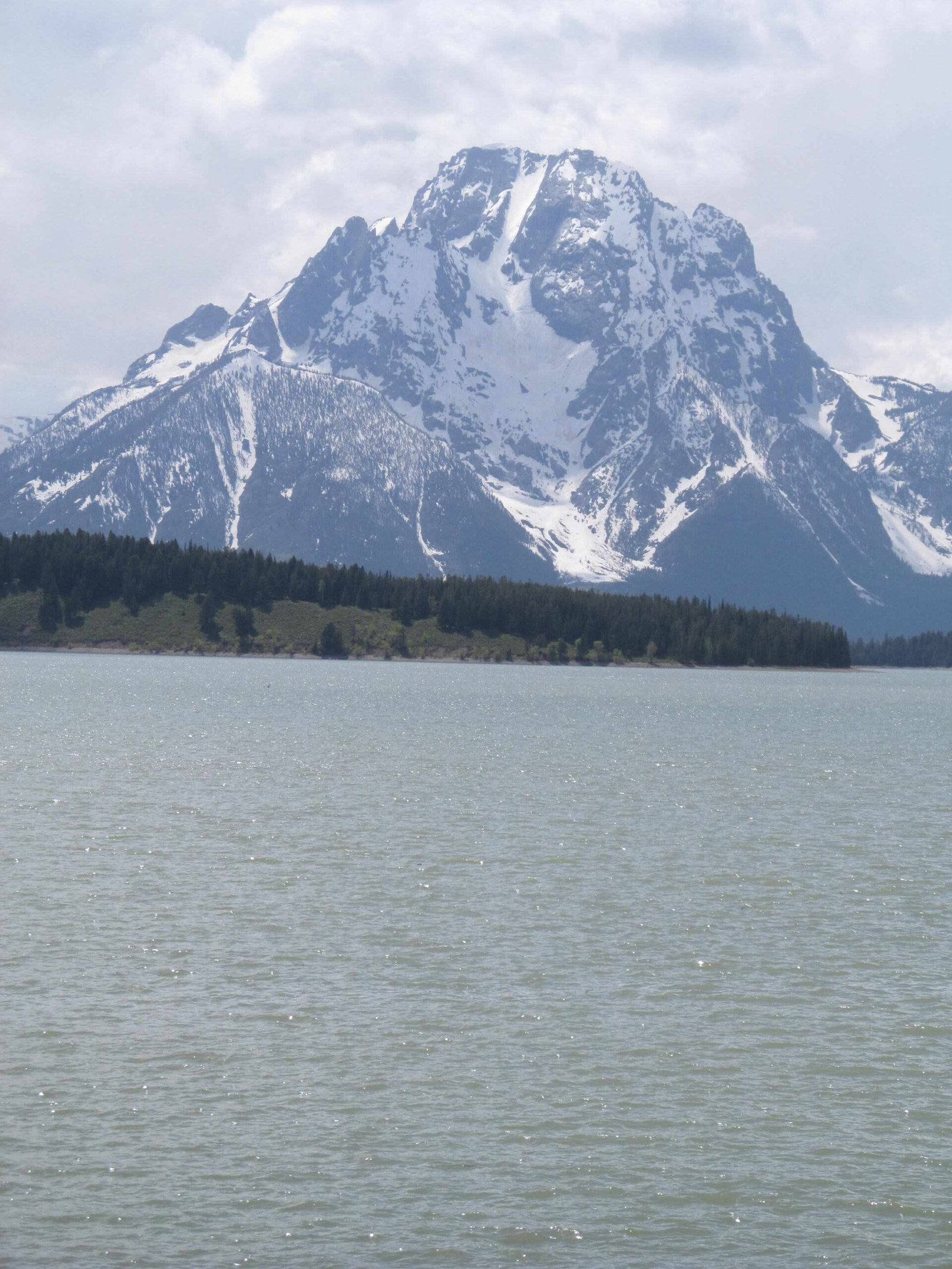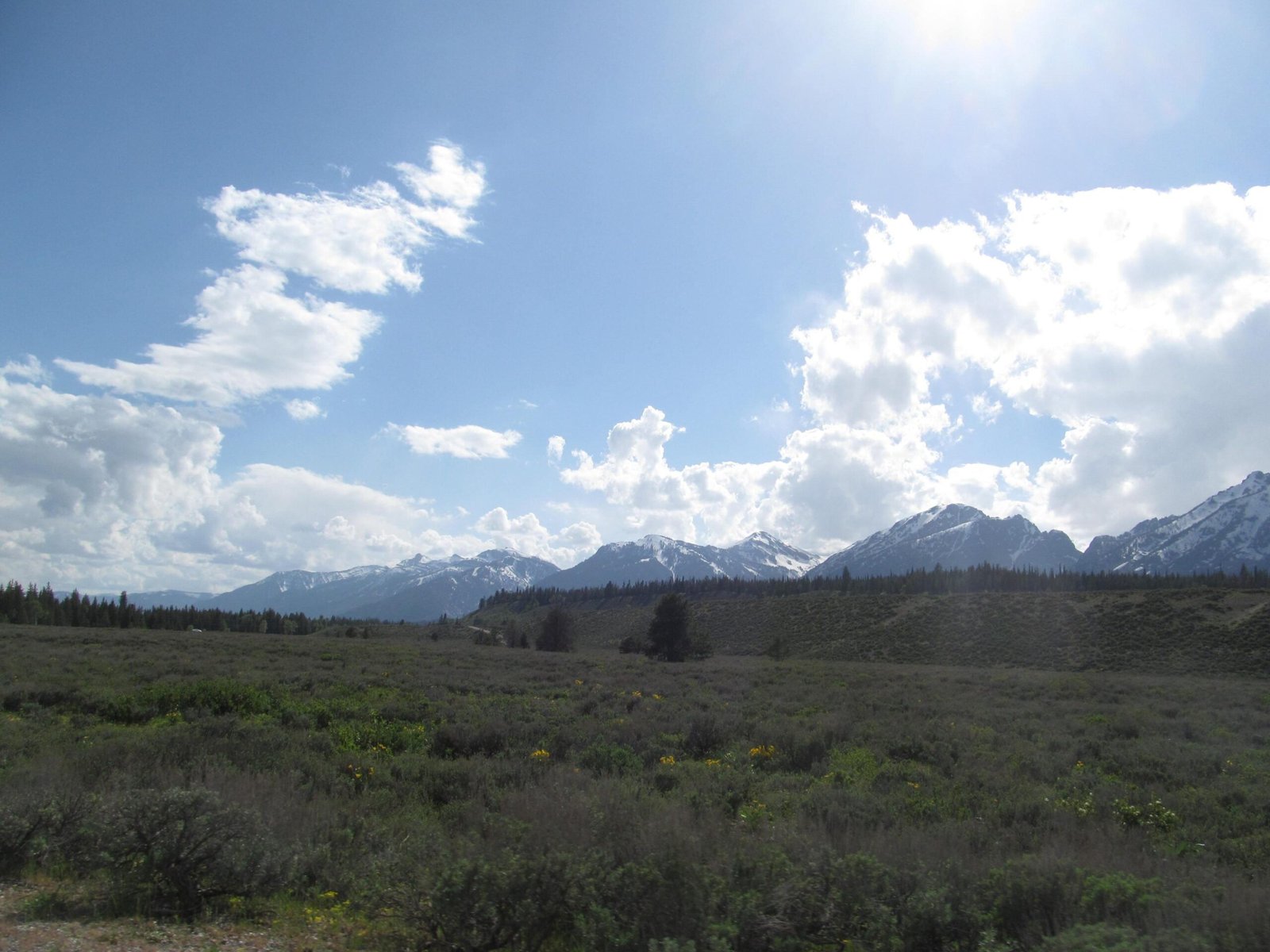Grand Teton National Park hosts a remarkable diversity of butterfly species, thriving in its complex mountain ecosystems. From alpine meadows to sagebrush landscapes, these delicate creatures play a crucial role in the park’s biodiversity, with species like the Clodius Parnassian navigating elevation gradients and specialized habitats, representing a microcosm of ecological adaptation in one of America’s most stunning national parks.
What Butterfly Species Inhabit Grand Teton National Park?

Grand Teton National Park supports a rich butterfly population with several notable species:
Prominent Butterfly Species
- Clodius Parnassian (Parnassius clodius)
- Anise Swallowtail (Papilio zelicaon)
- Milbert’s Tortoiseshell (Aglais milberti)
- Western Pine Elfin (Callophrys eryphon)
| Species | Habitat Preference | Elevation Range |
|---|---|---|
| Clodius Parnassian | Mesic meadows | 6,000-9,000 feet |
| Anise Swallowtail | Open mountain slopes | 5,500-8,500 feet |
| Milbert’s Tortoiseshell | Forest edges | 6,200-7,800 feet |
How Do Butterfly Populations Survive in Mountain Environments?

Butterfly survival in Grand Teton’s challenging mountain environment depends on several critical factors:
Adaptation Strategies
- Elevation-Based Emergence: Butterflies time their life cycles according to specific elevation zones
- Host Plant Relationships: Specialized connections with native plant species
- Microclimate Utilization: Leveraging sheltered areas for temperature regulation
Seasonal Activity Patterns
- Spring Emergence: Late May to early June
- Peak Activity: July through early September
- Hibernation/Overwintering: Varies by species, some as eggs, others as larvae
What Challenges Do Butterflies Face in Grand Teton?
Butterfly populations encounter multiple environmental challenges:
Key Conservation Concerns
- Climate change disrupting flowering periods
- Habitat fragmentation
- Genetic isolation in small populations
- Potential shifts in elevation-based ecosystems
Where Can Visitors Observe Butterflies in Grand Teton?
Recommended Butterfly Viewing Locations
- Pilgrim Creek Area
- Lupine Meadows
- Snake River Corridor
- Willow Flats
- Taggart Lake Trail
How Are Butterfly Populations Monitored?
Research and Conservation Efforts
- Greater Yellowstone Inventory and Monitoring Network studies
- Population surveys using occupancy modeling
- Long-term ecological research programs
- Collaborative efforts between park rangers and entomologists
What Can Visitors Do to Support Butterfly Conservation?
Visitor Guidelines
- Stay on designated trails
- Avoid disturbing natural habitats
- Participate in citizen science programs
- Use biodegradable, non-toxic sunscreens and insect repellents
- Photograph without touching
Recommended Observation Equipment
- Binoculars
- Field guide to local butterflies
- Notebook for recording observations
- Camera with zoom lens
Butterfly Photography Tips in Grand Teton
- Use natural light during morning hours
- Move slowly and quietly
- Learn butterfly behavior patterns
- Use macro lens for detailed shots
- Respect wildlife distance guidelines
Pro Tip: The best butterfly viewing occurs between 10 AM and 3 PM when temperatures are warmest and butterflies are most active.
Conclusion
Grand Teton National Park offers a spectacular window into butterfly ecology, showcasing how these delicate creatures adapt and thrive in challenging mountain environments.

